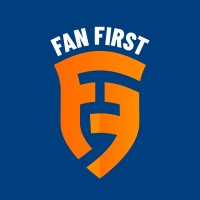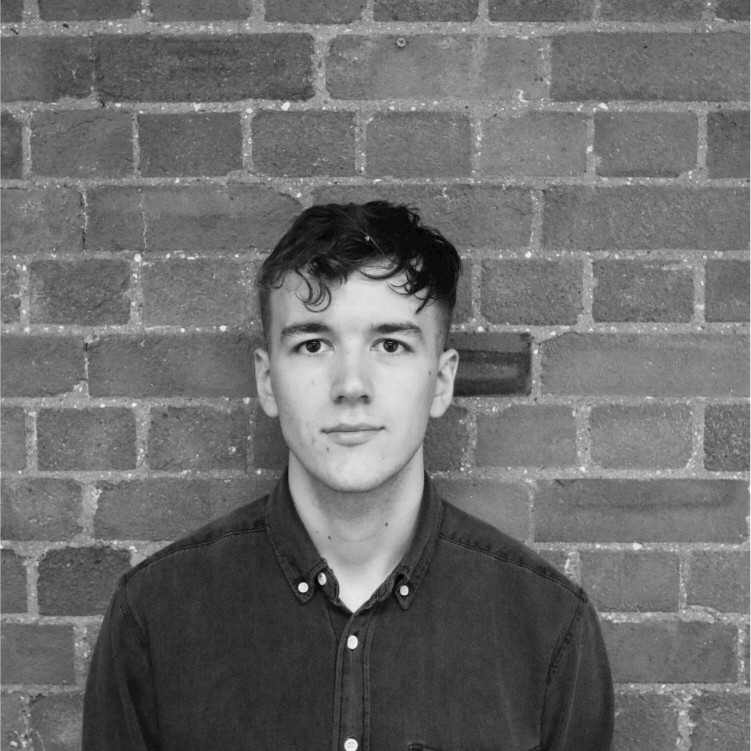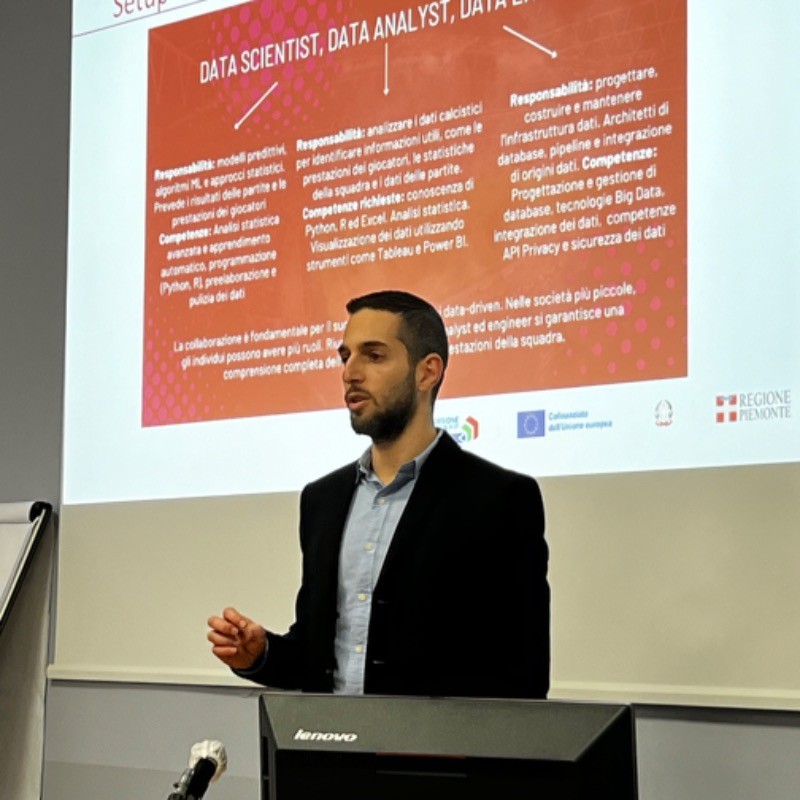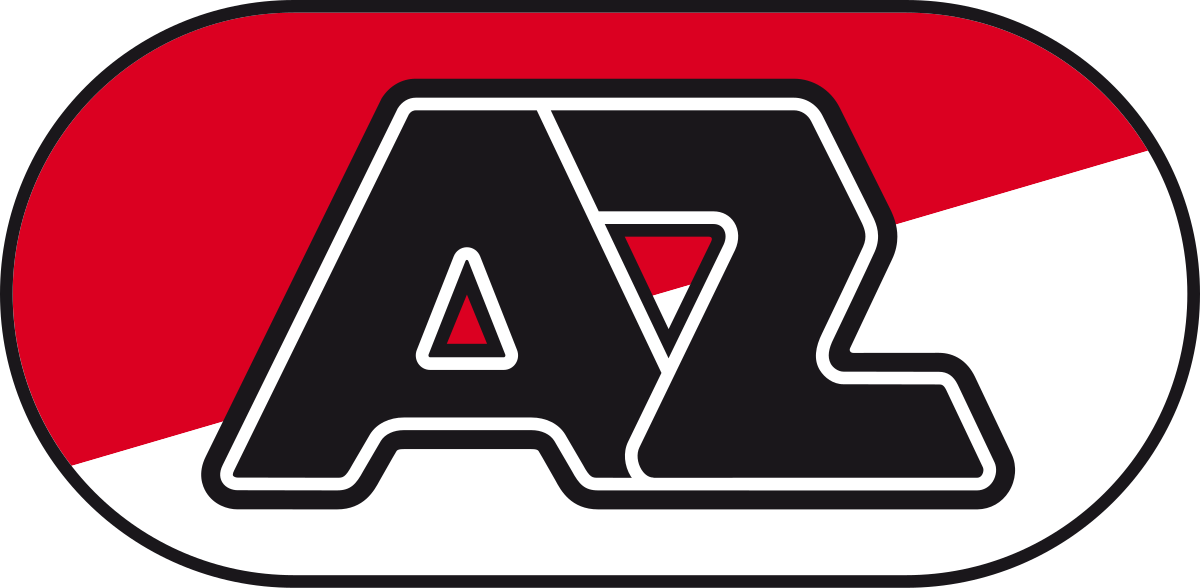The Club Revenue Formula: How Football Clubs Turn Fan Data Into Growth
Reading time:
8 mins
Right now, digital sponsorships feel like an afterthought. A logo slapped on a social post. A banner in an email. There’s so much more potential here, and AI audio is the key to unlocking it.


Every manager values different details, so it’s important to tailor your style, format and level of detail accordingly. By aligning your opposition analysis with the team’s needs, your reports instantly become more relevant and actionable.


In football, one of the most powerful cultures I’ve seen is Real Madrid’s. From a seven-year-old in their basketball academy, to their gardeners on staff, to the president himself, the belief is the same: winning is the only alternative.


With no official resale clubs lose identity continuity; if they can’t attribute attendance, they can’t award points or recognise buyer intent.


In practice, this means giving all soccer enthusiasts—from amateur to professional clubs—access to the world of scouting. A place where traditional and modern scouting meet—data and subjective assessments.


Streaming has made sports more accessible than ever before. For example, Solidsport offers a streaming solution that both grassroots and elite sports can use.


An empty seat is never just an empty seat. It’s lost revenue, lost atmosphere, and a flashing warning light for how your product is really perceived.


Even the smallest teams can increase ticket sales, cross-sell merch, and add sponsor value; all designed to maximize the average spend per supporter.


Relevance beats frequency: when content feels authentic and surprising, fans don’t see it as “marketing” but as being part of their club’s life.


During my time at these clubs, I met a lot of young players with incredible talent. But what often decided their path wasn’t skill or talent, it was whether someone saw them as a human being and not just a performer.


High performing app engages the maximum number of fans (people) who spend maximum time (hours) while enjoying themselves (€).
The basics of the attention economy.


The best approach is simple in theory but not easy in practice: talk to your fans and track their behavior. Some clubs are very open, run surveys, and really listen.


One of the key success factors for a functioning IT roadmap is a realistic assessment of the availability of capacities, experience and skills within your own organization.


We've seen the number of minutes played by Japanese players in the Championship grow x14 fold from 22/24 to 24/25 which showcase the ability for J1 players to adapt in stronger leagues at a margin of the cost relative to some foreign leagues.


Even with just one manager, a club can stay active online and grow a real community. That visibility sooner or later attracts sponsors and turns engagement into revenue.


Emails should be relevant, not only personalized.


Qualitative analysis should be the main driver, videos of the player in many different situations are the most reliable way to evaluate them.


The most important thing is that everyone in the club is aligned and wants to grow and get better.


The most import thing is to have data people in the right place at the right time.


The combination of domain expertise and advanced algorithms opens up new possibilities for real-time decision support and opponent scouting.


Every product should begin with a clear purpose: solving a real problem. That’s the mindset of clever clubs — they don’t start with a product; they start with a need.


I believe talent exists everywhere. What’s often missing is a holistic talent development model - one that shapes not just great footballers, but great human beings.


Many people think they need certificates, qualifications, and access to elite resources before they can begin progressing in their careers. That’s simply not true.


The context within football clubs changes rapidly — and you need to stay agile to keep up.


Official transfer talks still happen on Instagram, LinkedIn, or WhatsApp. TransferPitch brings structure to the chaos: a secure, verified space where clubs, agents, and players connect, collaborate, and get deals done.


Automation is how you increase your reach, and personalization is how you increase your impact.


Good CRM ROI is seeing one dashboard and confidently saying, “This is working, this isn’t, and here’s what we’ll do about it.”


By better understanding fan behavior and improving the store experience with design tweaks and sales-boosting apps, clubs could significantly increase their AOV.


Right now, digital sponsorships feel like an afterthought. A logo slapped on a social post. A banner in an email. There’s so much more potential here, and AI audio is the key to unlocking it.


Every manager values different details, so it’s important to tailor your style, format and level of detail accordingly. By aligning your opposition analysis with the team’s needs, your reports instantly become more relevant and actionable.


In football, one of the most powerful cultures I’ve seen is Real Madrid’s. From a seven-year-old in their basketball academy, to their gardeners on staff, to the president himself, the belief is the same: winning is the only alternative.


With no official resale clubs lose identity continuity; if they can’t attribute attendance, they can’t award points or recognise buyer intent.


In practice, this means giving all soccer enthusiasts—from amateur to professional clubs—access to the world of scouting. A place where traditional and modern scouting meet—data and subjective assessments.


Streaming has made sports more accessible than ever before. For example, Solidsport offers a streaming solution that both grassroots and elite sports can use.


An empty seat is never just an empty seat. It’s lost revenue, lost atmosphere, and a flashing warning light for how your product is really perceived.


Even the smallest teams can increase ticket sales, cross-sell merch, and add sponsor value; all designed to maximize the average spend per supporter.


The best approach is simple in theory but not easy in practice: talk to your fans and track their behavior. Some clubs are very open, run surveys, and really listen.


One of the key success factors for a functioning IT roadmap is a realistic assessment of the availability of capacities, experience and skills within your own organization.


We've seen the number of minutes played by Japanese players in the Championship grow x14 fold from 22/24 to 24/25 which showcase the ability for J1 players to adapt in stronger leagues at a margin of the cost relative to some foreign leagues.


Relevance beats frequency: when content feels authentic and surprising, fans don’t see it as “marketing” but as being part of their club’s life.


During my time at these clubs, I met a lot of young players with incredible talent. But what often decided their path wasn’t skill or talent, it was whether someone saw them as a human being and not just a performer.


High performing app engages the maximum number of fans (people) who spend maximum time (hours) while enjoying themselves (€).
The basics of the attention economy.


Even with just one manager, a club can stay active online and grow a real community. That visibility sooner or later attracts sponsors and turns engagement into revenue.


Emails should be relevant, not only personalized.


Qualitative analysis should be the main driver, videos of the player in many different situations are the most reliable way to evaluate them.


The most important thing is that everyone in the club is aligned and wants to grow and get better.


The most import thing is to have data people in the right place at the right time.


The combination of domain expertise and advanced algorithms opens up new possibilities for real-time decision support and opponent scouting.


Every product should begin with a clear purpose: solving a real problem. That’s the mindset of clever clubs — they don’t start with a product; they start with a need.


I believe talent exists everywhere. What’s often missing is a holistic talent development model - one that shapes not just great footballers, but great human beings.


Many people think they need certificates, qualifications, and access to elite resources before they can begin progressing in their careers. That’s simply not true.


The context within football clubs changes rapidly — and you need to stay agile to keep up.


Official transfer talks still happen on Instagram, LinkedIn, or WhatsApp. TransferPitch brings structure to the chaos: a secure, verified space where clubs, agents, and players connect, collaborate, and get deals done.


Automation is how you increase your reach, and personalization is how you increase your impact.


Good CRM ROI is seeing one dashboard and confidently saying, “This is working, this isn’t, and here’s what we’ll do about it.”


By better understanding fan behavior and improving the store experience with design tweaks and sales-boosting apps, clubs could significantly increase their AOV.

